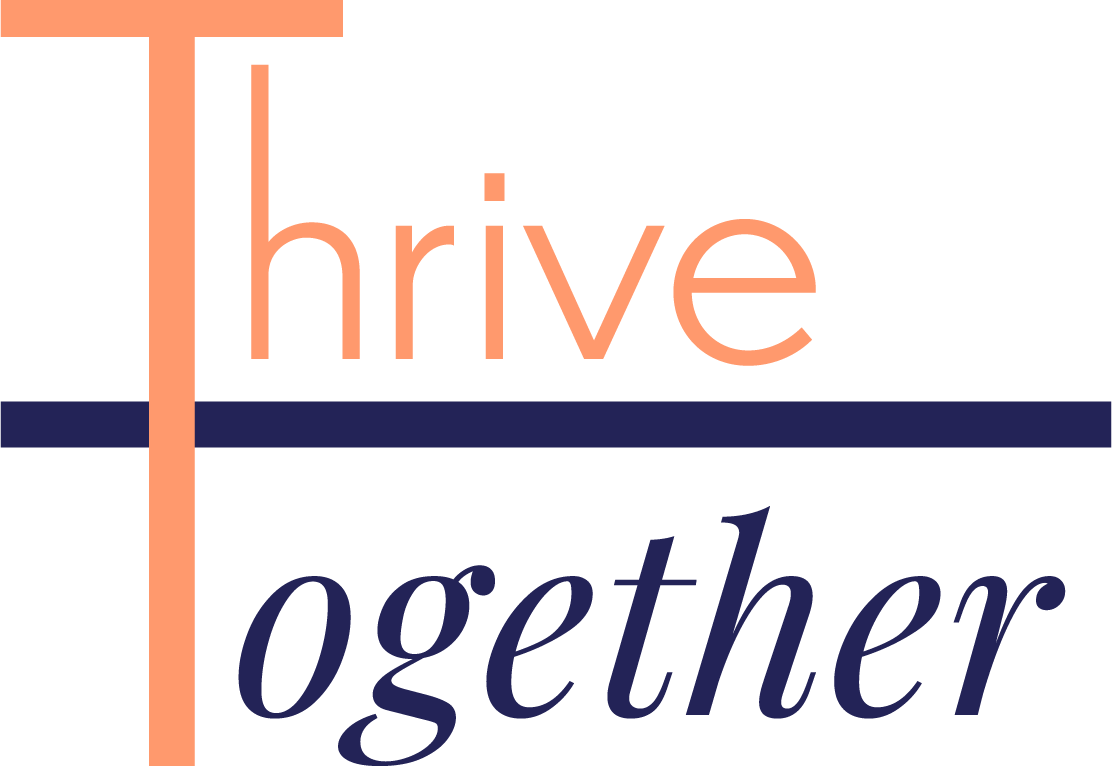Incorporating Movement In Community Settings
Throughout the first two decades of my career, I devoted considerable time to sensory clinics, where I had extensive access to suspended equipment, like swings, and other movement-based therapeutic devices. In this setting, I came to understand the profound effect that movement has on the nervous system, impacting areas such as regulation, attention, safety, learning, and motor skills. I also recognized the challenge of helping families gain access to movement opportunities that could aid their children.
In recent years, as I transitioned to community-based services, I've been intensely focused on finding ways to leverage the power of movement, or the vestibular system. Movement is vital for many of my clients, and it was imperative for me to discover how to incorporate movement into my community-based sessions without specialized equipment. This was crucial not only for my therapy sessions but also for assisting families in integrating movement opportunities into their everyday lives.
Utilizing my sensory integration background, I consider the various elements of the movement system and their significance for each child.
Does a child require linear movement to activate their core and enhance their connection to the ground? For these children, I've experimented with activities such as blanket rides in different positions, "trap doors" with pillows and blankets, and locating jumping surfaces at home like beds or trampolines.
Do they benefit from rotational movement to develop their spatial and visual skills? For these children, we've utilized available resources for spinning, like office chairs or balance boards, and incorporated rolling and rocking into playful activities. I frequently engage in exercises that involve holding and spinning a child.
Does a child need intense movement to bolster their regulation, focus, and learning abilities? I've combined many of the aforementioned activities while considering intensity, duration, and frequency. I've instructed children and their families on how movements can feel more intense in dark spaces or with closed eyes. From my observations, I've advised parents on using household items and the advantages of community movement opportunities—like playgrounds, circus classes, gymnastics, and trampoline parks—for substantial contributions to their child's nervous system.
For some families, observing activities with household items has clarified how to leverage what they own to fulfill their child's needs. This has led to the adoption of various movement activities from our sessions—except for spinning, which some adults avoid! Noticing changes during our sessions and utilizing available materials has inspired them to consider adding play equipment at home, such as trampolines or spinning gear.
